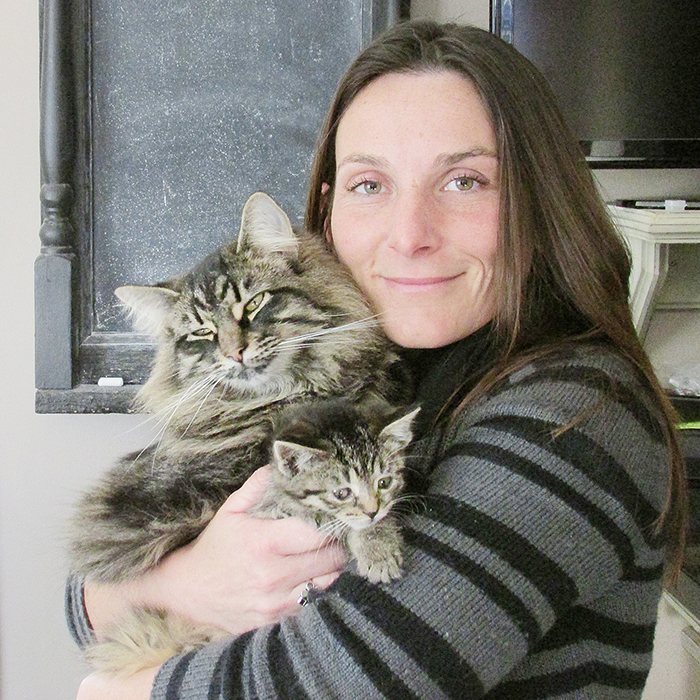
Chatham-Kent’s Pet and Wildlife Rescue (PAWR) organization is seeking the public’s aid in helping
broaden a proven program to reduce the number of feral cats locally.
Myriam Armstrong of PAWR said her group has been providing TNR (trapping, spaying/neutering and releasing) for local individual cats for the past two years and wants to expand the program on feral cat colonies.
“The best way to control feral colonies is to release them back into the area they’re at or relocate the entire colony to another place,” she said. “If you trap and kill cats, others will simply move into the former territory and breed.”
Chatham Mazda from Chatham Voice on Vimeo.
It has been proven in many cities in North America that TNR is effective. In New York City, Manhattan project reduced the number of stray cat intakes by 73% in the first three years of the program. During the first year of the program, there was a 59% reduction in the number of cats arriving in shelters.
“By returning sterile cats to the area, you keep other cats from moving in,” she said. “Feral cats have a well established hierarchy in place and won’t generally allow newcomers to join the colony.”
She said where keeping a colony in the same place isn’t an option; the entire group (often less than 10) can be relocated.
If someone has the room, for example a farmer or someone in a rural area, having a feral colony can be a great help.
“By helping a colony in need you get the benefit of having a fully sterilized family of cats who will not only keep rodents away but also other cats who do not
belong to the colony. Each cat is ear tipped so if an intruder was to be accepted in the colony PAWR would trap it and sterilize him/her to ensure no new
kittens are born.”
All that’s required is someone able to provide a colony with a sheltered area for the cold winter months, access to food and water.
“We know that people in farm areas have kittens dropped off all of the time,” she said. “A cat can have 15 kittens or more a year so you see how important it is that we sterilize them if we’re to have any hope of control.”
She said no one has done an accurate count of the number of feral cats in Chatham-Kent.
“The number of stray and feral cats in Chatham-Kent has been an issue for many years,” she said. “Unfortunately, the number of cats being euthanized each year at our local shelter hasn’t changed dramatically so it is clear that whatever is in place is not effective.”
She said funding is always an issue for PAWR with each cat costing the organization between $50 and $150.
“We’re doing important work but there are times it seems the general public doesn’t understand it,” she said.
If anyone is interested in adopting a colony, helping fund the group or just wants more information, contact PAWR at 519-683-6778 or by email at






